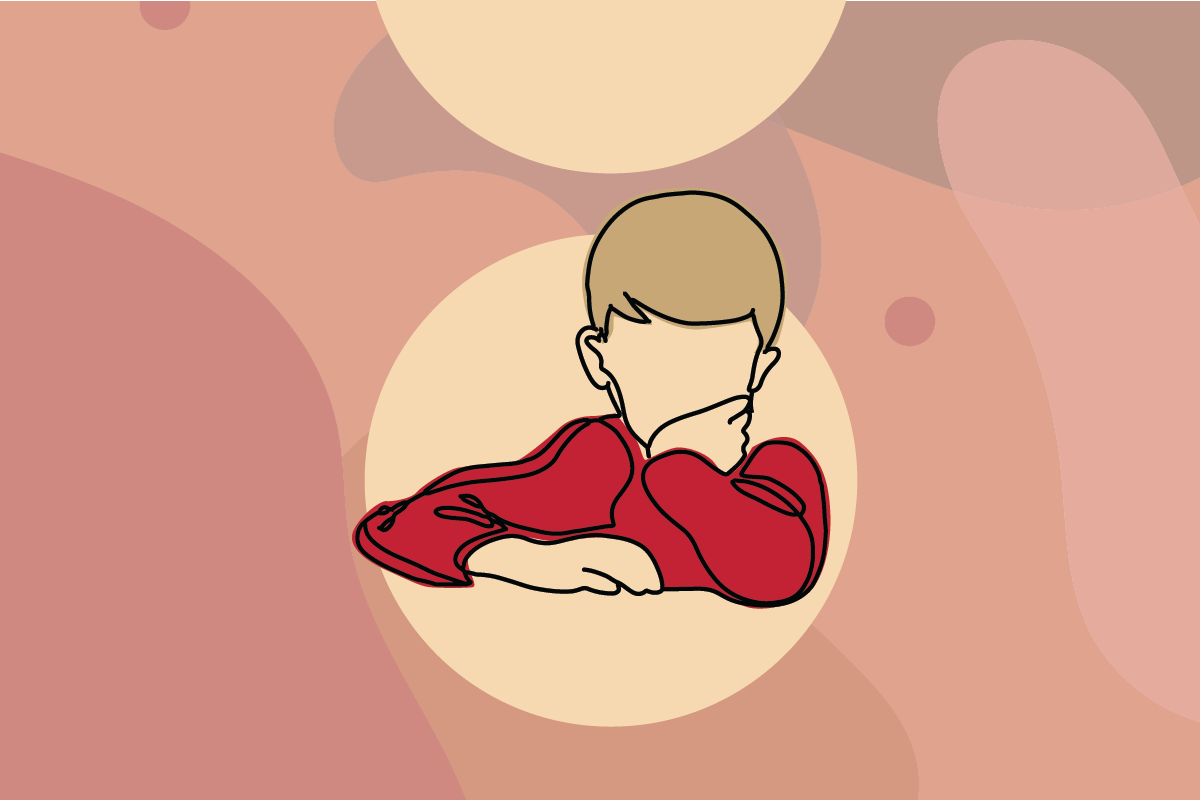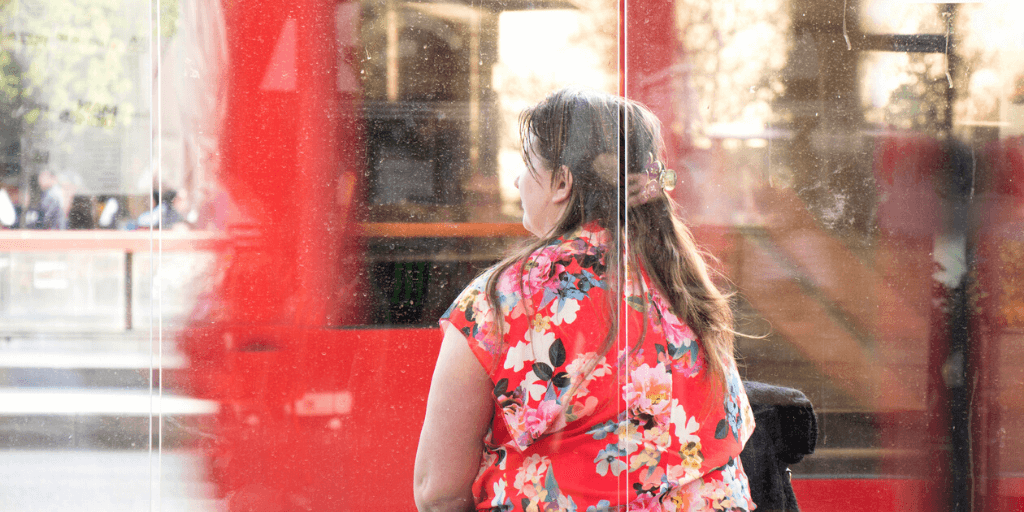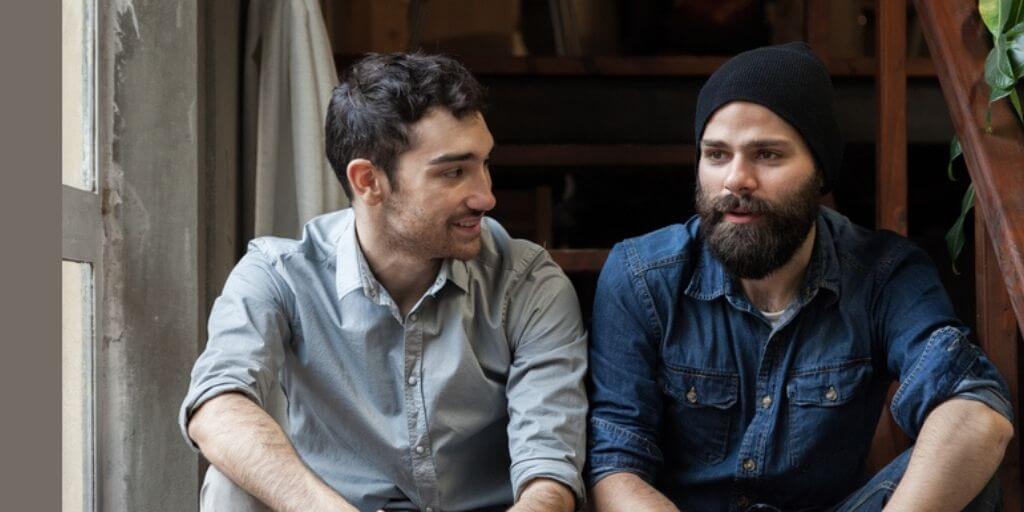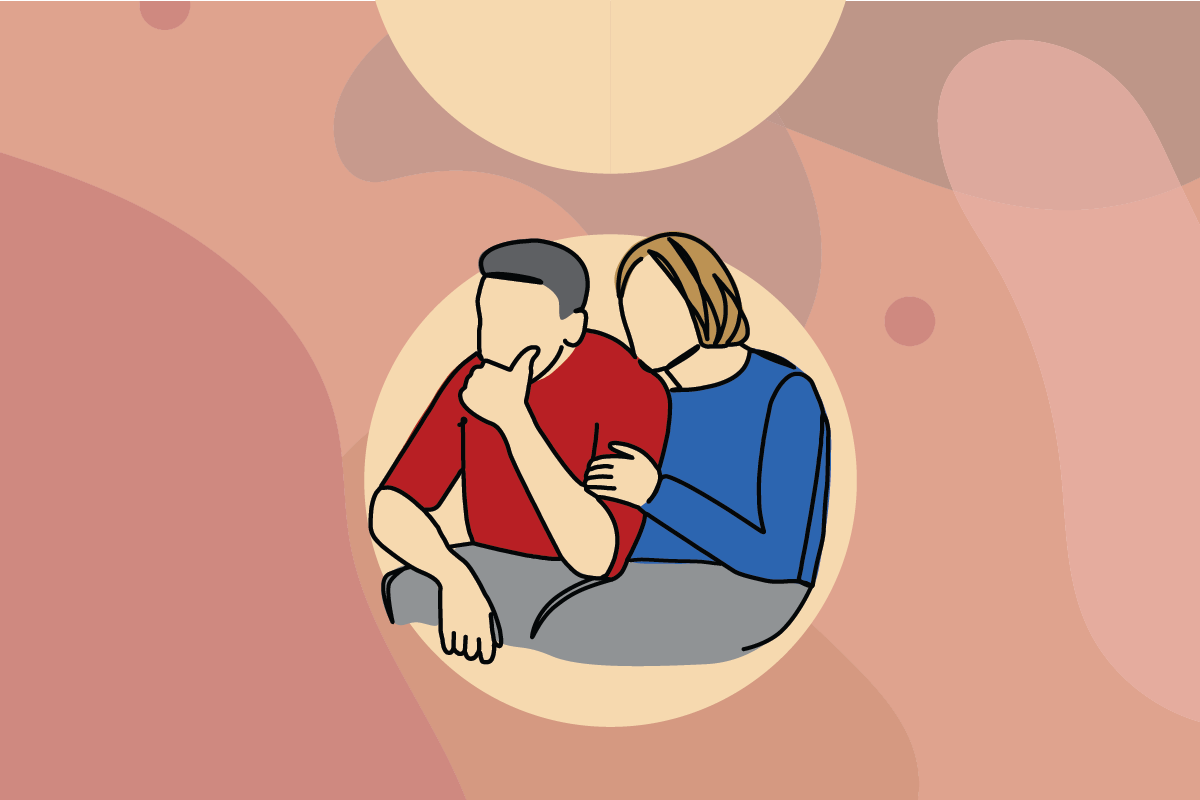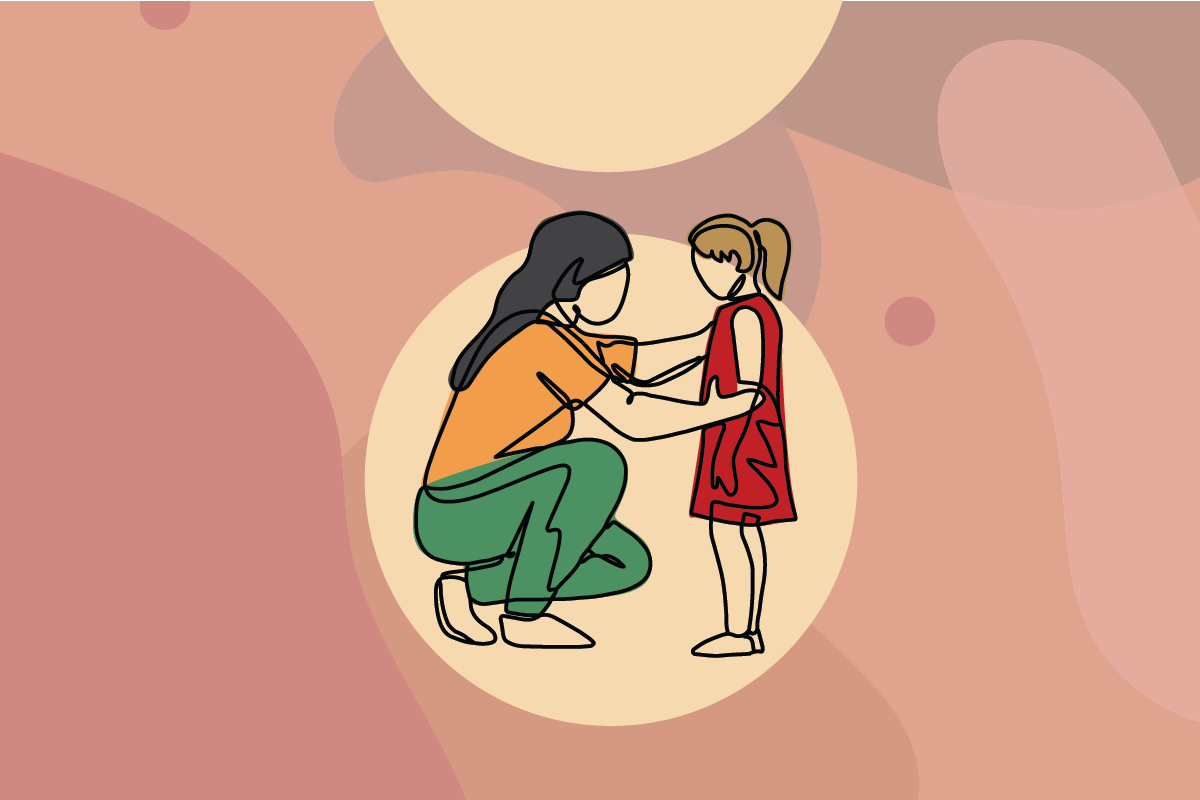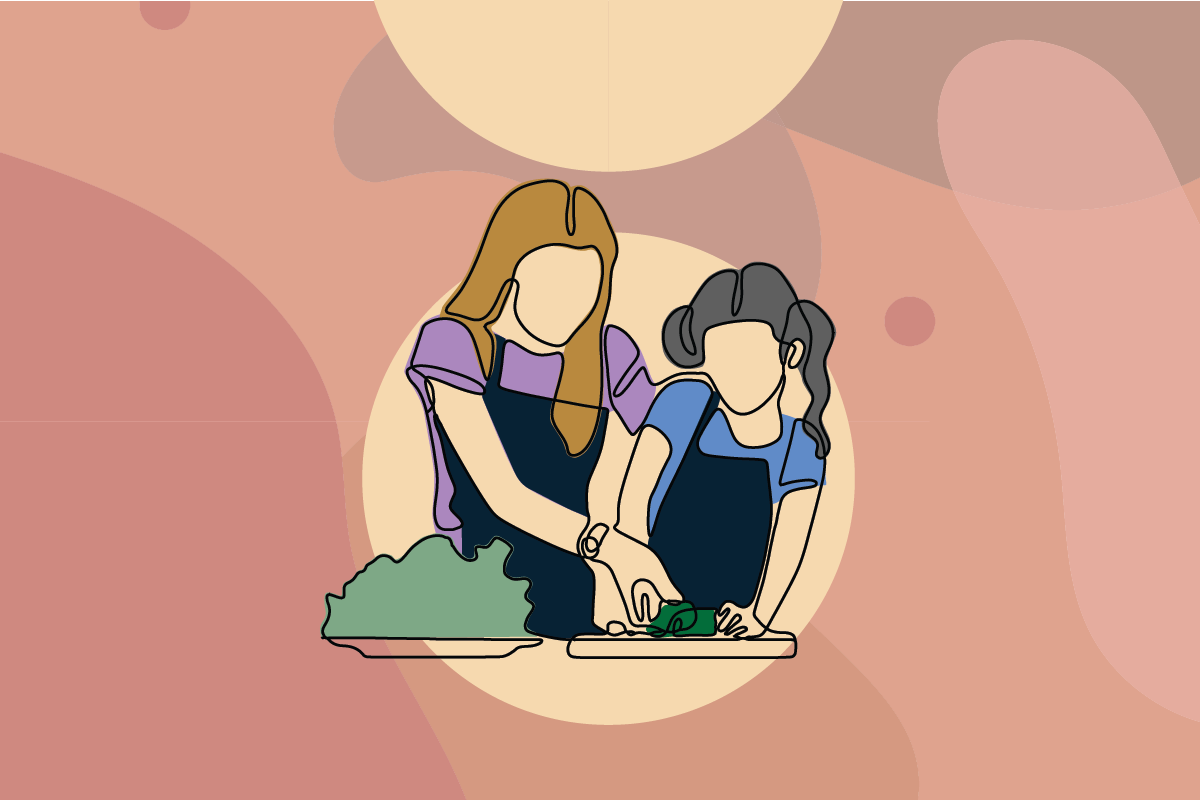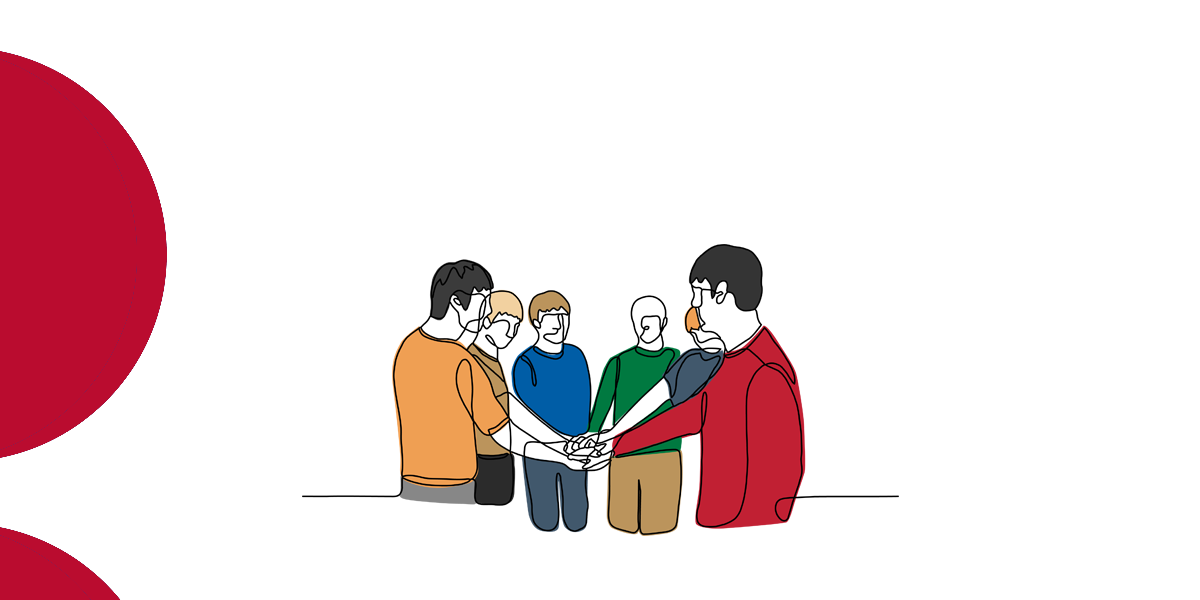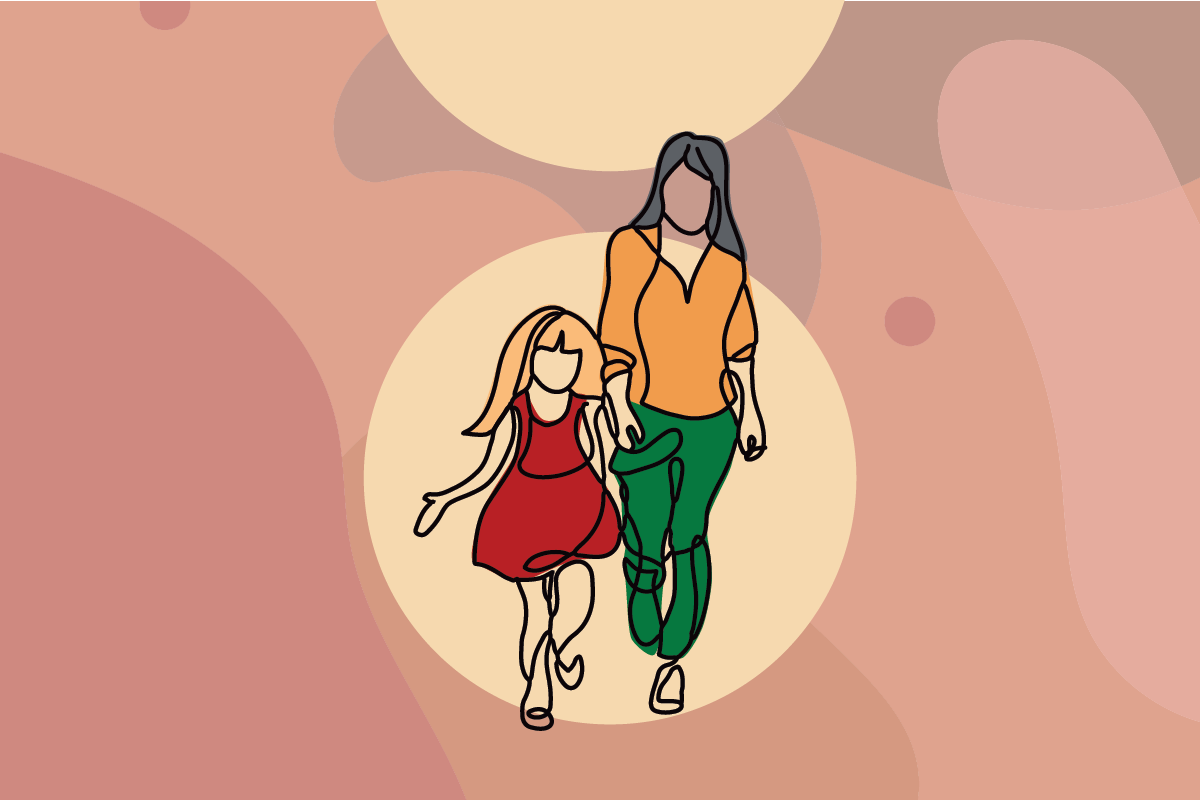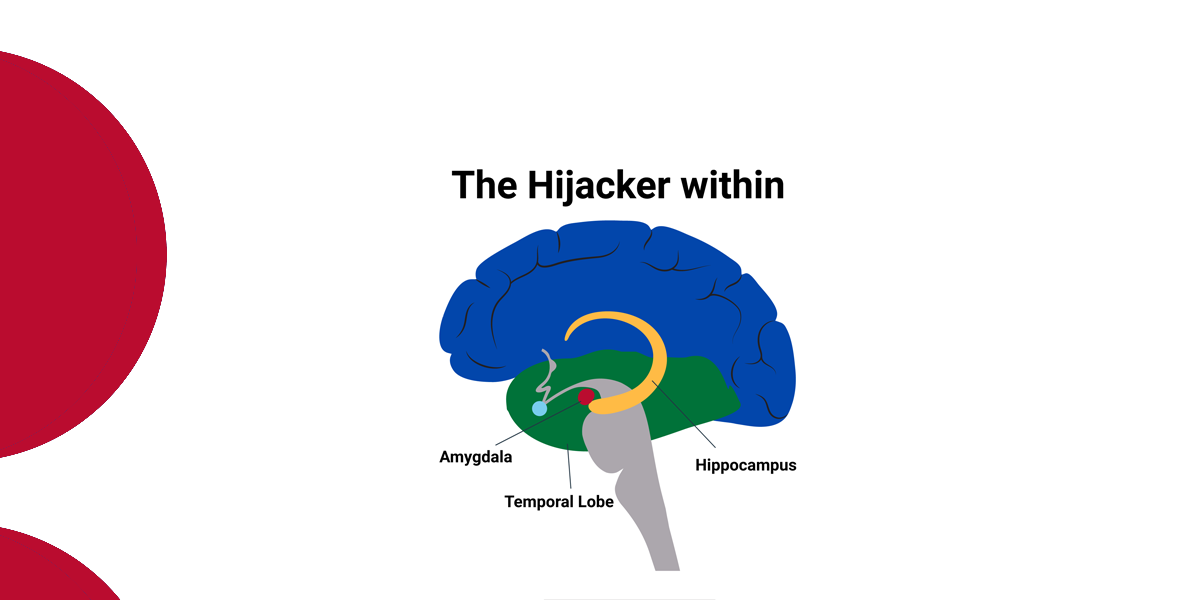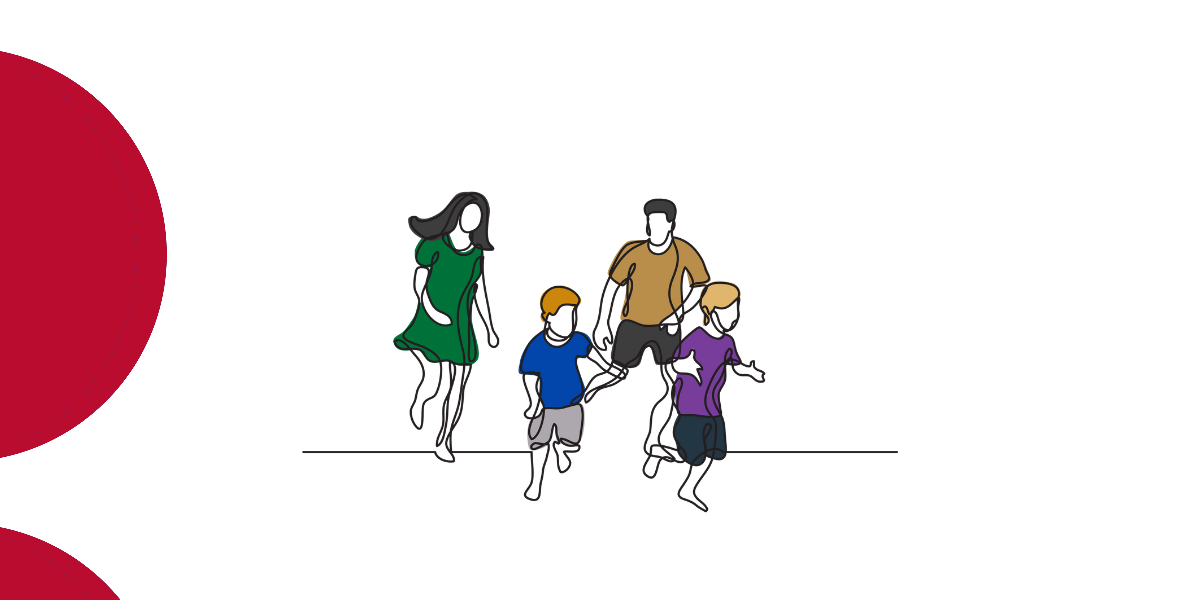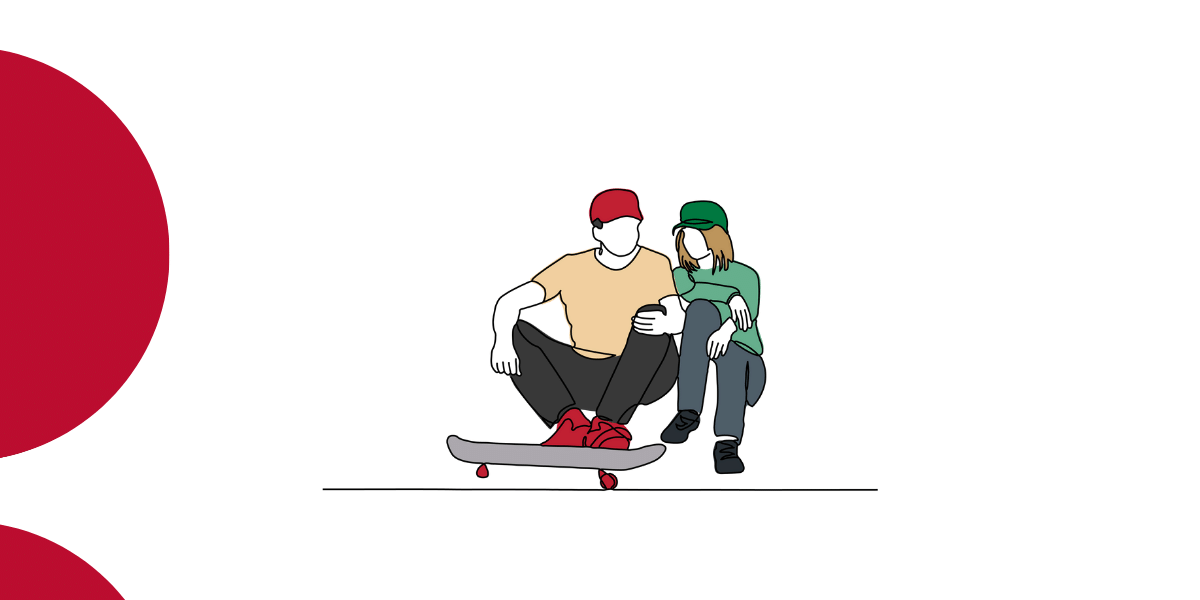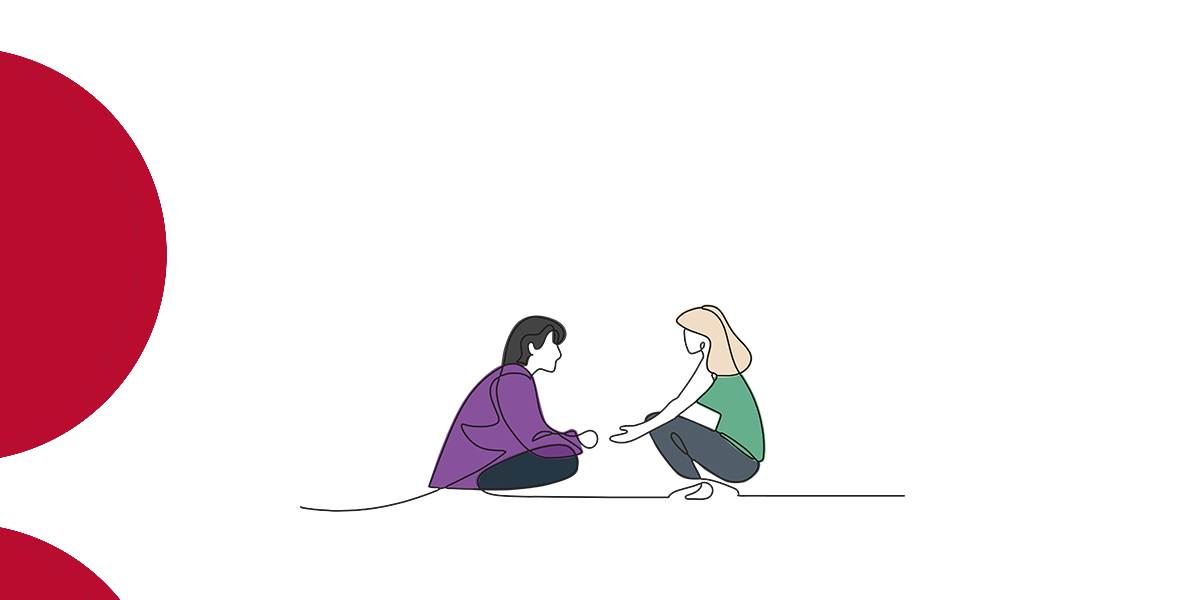The Intensive Therapeutic Care dance
Jul 2020
Written by Noel Macnamara
Therapeutic residential work can be conceptualised as a dance. It works best when therapeutic workers display therapeutic presence, are in sync with the young person, can making meaning of the young person’s behaviour and responses and work in a climate that supports therapeutic care.
At its best, therapeutic residential work is a process of synchronised human interaction that is like an improvised dance. Research involving adolescents with multiple and complex needs has found that young people place a very strong value on having quality relationships with workers (Russell & Evans, 2009).
It can be conceptualised as a dance because the young person is not simply a passive partner in this developing relationship. Rather, as the therapeutic residential worker learns to respond to the young person’s emotional and physical needs, the young person finds that they become increasingly open to engagement and can join in the therapeutic steps with the worker/service.
At the beginning of each shift therapeutic residential workers plan the general direction for the day (choreography) but as they move through the shift they are agile and improvise with sensitivity to a multitude of factors that influence the nature, rhythm and outcomes of their interactions with the young people in their care. Like dancers, competent therapeutic residential workers study, practice, and develop the knowledge, skills and attitudes that allow them to be effective and responsive. These workers use their intuition and knowledge of when and how to synchronise (intervene or not intervene, move close or further apart, raise or lower their voices, and increase or slow the pace: physically and emotionally). They accept and incorporate feedback from coaches or supervisors
As they interact (dance), they change the young person’s stories. The stories we tell ourselves and others profoundly affect our experience of the past and present and constrain our expectations about, and capacities to shape our future. A moment of connection or struggle becomes incorporated into an evolving narrative and might be recalled with affection or as a significant moment that shapes the way a young person experiences an event in the future. The goal of a therapeutic residential unit is to create as many moments of connection and empowerment as possible across the day, week and placement.
Struggle and conflict are instrumental parts of the process. Competent therapeutic residential workers learn from their mistakes and constantly seek moments of success and resolution, moments when they are with young people, learning and growing together. As they dance, they move in and out of sync with young people, connections become ruptured, however, they continue trying to create moments when they are connected, discovering, and empowered.
What’s in a game?
Every therapeutic encounter encompasses an exchange of information, emotions and impressions. In other words, a therapeutic opportunity.
Let’s have a look at how this therapeutic dance works.
Background
John is 14 years old. He has been in ITC for 3 months. John’s father was very violent towards his mother. She left the family home and disappeared when John was 8 years old. She made no contact with John after she left home. John was left in the care of his father.
John’s father was cruel, sarcastic, demeaning and dismissive. He regularly punished John for failing to meet his high standards. John could never please his father. John regularly had bruises, including strap marks.
John’s school informed child protection. John was interviewed and told the child protection workers that his father regularly hit him. John had many old injuries. When child protection visited John’s father, he refused to engage with them and told them to take John into care if they wanted to.
John did not want to go into foster care. He was placed in an ITC.
Table Tennis
John asks Vincent (therapeutic residential worker) to play table tennis (Vincent recognises that John wants to connect. He thinks that John may want to talk about things).
They go to a room at the back of the ITC unit. It is slightly too small for the table tennis table, but it is the best they have got. The game starts.
John hits a backhand and it catches the very edge of the table. “Twenty -one, I win,” he says.
“You need two points clear,” the Vincent says.
“Bull shit” John replies.
“No, it’s not, that’s the rules,” Vincent says.
John grabs the table tennis ball out of Vincent’s hand, and while Vincent is not looking smashes a serve.
John says: “There asshole, now it’s a win!”
The worker replies: “Watch your language.”
They continue to play, the score going back and forth. Vincent takes the lead. John

Glares at Vincent. Vincent is disconnected and is only thinking about winning. Vincent plays a reverse spin backhand serve. John cannot even reach it. John says: “Fuck you!” and he throws the bat against the wall, walks out of the front door, and slams it behind him (John could not afford to lose. His prior life experiences were filled with failure and rejection). Vincent follows John.
John sees Vincent and runs down the hill behind the ITC unit toward the railroad tracks. Then Vincent catches up in the woods before the tracks.
They sit down, look at the tracks, and take a few breaths.
“Why did you get so upset?” Vincent asks.
John says: “You always have to win.”
Vincent reflects on John’s comment (did I need to win?).
John says: “Don’t you?”
Vincent replies: “I’m not sure. I guess I do . . . but I just can’t let you win, can I?”
John says: “That’s just your excuse”.
Vincent reflects some more and then says: “I think you’re right (repairing the rupture that the incident had caused between him and John). I didn’t think about it before. When I am playing with my mates, we never let each other win and maybe I brought that game with me” (Vincent is being authentic with John in sharing a part of his life outside the ITC unit).
They get up, walk back together and resume their game. Vincent pulls back his game. John takes the lead, then suddenly slams the ball against the wall again and shouts, “Don’t let me win!” (John could not afford to lose but also, he could not bear to be allowed to win).
In supervision Vincent, the residential worker was able to reflect on this encounter with John to see that John was always dealing with the impact of trauma and that competitive encounters brought to the surface John’s experiences with his abusive father. The worker resolved to move away from competitive sports with John and develop his relationship with him through other activities that John enjoys.
Four themes emerge in the building of a therapeutic alliance with young people in residential care:
- therapeutic presence,
- synchronising,
- meaning-making, and
- atmosphere.
1. Therapeutic Presence
Geller (2017) posits that therapeutic presence involves:
Therapeutic presence involves…being fully in the moment on several concurrently occurring dimensions, including physical, emotional, cognitive, and relational
A workers’ presence provides an invitation to the young person to feel met, understood, and safe and allows for a feeling of calm, openness, and engagement in effective therapeutic work.
Reflection
However, as we saw with Vincent and John, presence comes and goes. In accepting John’s invitation to play the game, Vincent was focused on John and his need for one-on-one time, and then he was consumed with his own feelings of winning and losing the game and how that made him look. When Vincent followed John down to the railway tracks, he regained therapeutic presence and actively sought to repair the rupture that John experienced in their relationship.
2. Synchronising
Synchronising with others is fun. We seek it out when going to the gym, attending a dance class or singing in a choir. Moreover, synchronising seemingly diffuses through the body. Rather than being restricted to overt motor acts like singing, tapping or dancing, it occurs at multiple levels. It can be seen in the coupling of cardiac activity between a mother and her unborn child (Feldman, 2007), in concurrent changes in pupil size between parents and their infants (Fawcett et al., 2017) or in the alignment of oscillations in neuronal polarisation between two individuals talking to each other (Perez, et al, 2017).
Reflection
We could see how John and the worker moved in and out of sync through-out their encounter. All residential workers will recognise the impact of being in and out of sync with young people in the residential space.
3. Meaning-Making
When a young person and a therapeutic residential worker encounter one another in the process of therapeutic care, both go through a process of making meaning of that encounter. Each creates both the specific context and the meaning they experience in that encounter. Thus, the process of therapeutic care is, to a great extent, the process of making meaning.
Meaning-making affects all aspects of the helping process. By attending to meaning-making throughout the process of therapeutic care, the therapeutic residential worker enters an ‘expanded world of therapeutic opportunity’ (Polster, 1987, p. 97).
It is not enough for the therapeutic residential worker to understand only his own process of meaning-making, for without understanding the meaning-making process of the young person, the worker may fail to understand the actions of that young person as he or she reacts to the worker’s actions. The young person and the therapeutic residential worker engage in a mutual process of meaning-making in the act of care, each responding to how they make sense of the actions of the other.
Reflection
John’s experience of the table tennis game was reinforcing of his sense of failure and rejection and Vincent’s need to win as a reflection of an abusive father. Vincent’s experience of the table tennis game was a competition and he needed to display his prowess as a table tennis player. Each had their own meaning. This resulted in the rupture in their relationship.
Attending to the process of meaning-making, allows therapeutic residential staff to act in an intentional manner, and to interpret the actions of the young people in a personal, as well as professional context. To fail to attend to the meaning-making process is to fail in the intention to be helpful.
4. Atmosphere
Abuse, violence and trauma commonly happen within a wider context of neglect, where the environment the child or young person lives within often reflect a lack of understanding or indifference to their needs. These homes are often uncared for, unstimulating, chaotic, and unsafe. Therapeutic residential units are designed not to recreate these environments as it exacerbates the problems faced by traumatised young people, and actively works against the concepts of healing and recovery.
The climate of the environment where young people live is extremely important to their psychological wellbeing must be designed to promote a sense of safety, belonging, healing and care.
Therapeutic residential workers are sensitive to the surroundings: the sights, sounds, places, and spaces that detract from or enhance engagement with young people. Lights are dimmed or brightened, a TV turned up or down, posters or paint put on the walls, voices raised or lowered, and smiles or hard stares used to convey feelings. The mood is a major factor. A sad or happy face or attitude can dampen or lift the atmosphere around most activities and interactions.
Reflection
The small room with no windows is just right at first but then it becomes too confining and John bursts out. The outdoors becomes a space that seems right at the time for John and Vincent to talk and be together.
Conclusion: An Emotional Dance
One way to think about therapeutic residential work is as an emotional dance during which therapeutic residential workers strive to be present, in sync with the young person’s rhythms for trusting and recovering and make meaning in a climate that supports their interactions.
These themes provide a helpful framework for reflection.
Noel MacNamara
Senior Advisor, Centre for Excellence in Therapeutic Care
References
Geller, S. M. (2013). Therapeutic Presence: An Essential Way of Being. In Cooper, M., Schmid, P. F., O’Hara, M., & Bohart, A. C. (Eds.). The Handbook of Person-Centred Psychotherapy and Counselling (2nd ed.), pp. 209-222. Basingstoke: Palgrave.
Polster, E. (1987). Every person’s life is worth a novel. New York: W.W. Norton.
Russell, S., & Evans, E. (2009). Looking beyond



